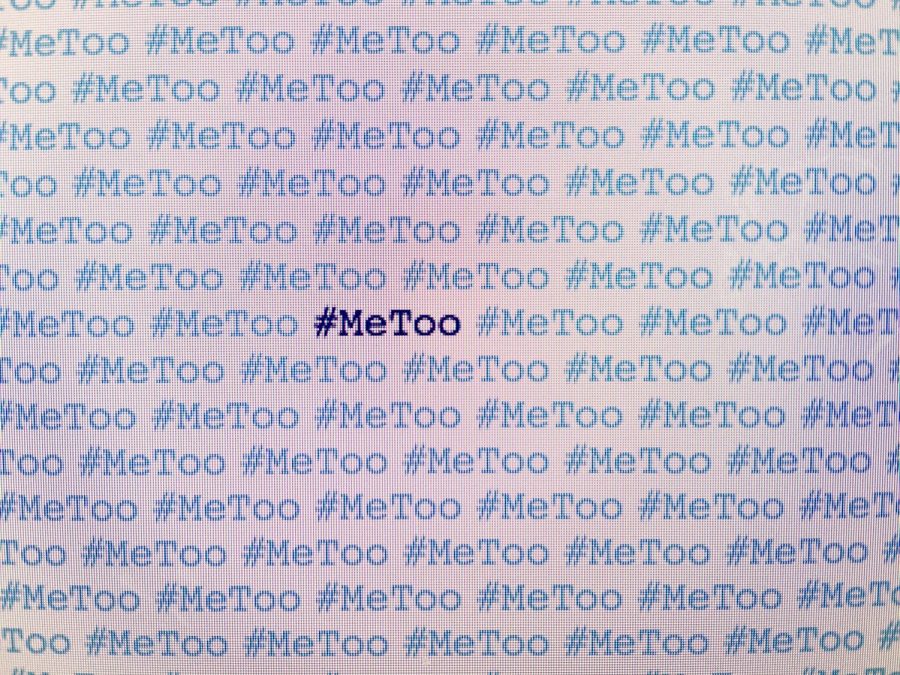I value self-confidence. As a woman, I promote self-worth. I believe we are all “good enough” and each of us has unique abilities and gifts to offer the world. But what if not everyone believes those things?
Turn on the television, and it seems as if many channels showcase women in sexual positions or focus on parts of their bodies instead of the whole person. Sometimes, graphic images even portray women in violent circumstances, with no voice or agency in the situation. These advertisements also often show females with certain body standards like being skinny and blonde, that seem to pop up again and again. These pervasive images paint the picture that portraying women in this context is normal in our society.
Camera angles scan women’s bodies from the ground up, moving slowly on specific parts that are often sexualized. These specific camera angles are referred to as the male gaze. Advertisements and magazines are often centered on what the man wants or expects to see, and some of these publications even include violence or lack of consent. These sexualized images often set up unrealistic and unhealthy standards that women feel they must strive for.
With conversations like the #MeToo movement, it is natural to wonder if there have been strides in respect for women. This movement contributed to societies understanding of how popular culture and media may add to unhealthy perceptions about things like sexual assault and body standards. With six corporations owning aproximately 90 percent of the media in the United States, according to Morris Creative Group, it is important to sit back and think about who is feeding this information and showing these images, and what their end goal is.
According to the United States Census Bureau, in 2015, 87 percent of individuals had a computer and 77 percent had access to the internet. With technology so readily accessible, these degrading images are passed around frequently.
Now more than ever, children especially are at risk as they are usually avid consumers of television and use the internet often. In fact, average households are watching more than seven hours and 50 minutes of TV per day, per Nielsen. Children can also be more vulnerable than adults to these toxic messages because they have not developed media literacy.
The #MeToo Movement is a prime example of unity between women who want to push for a change they know is a long time coming. But, to end the cycle of violence and aggression toward women, there needs to be more change at the root of the problem. The corporations who run these advertising and broadcast companies need to fully understand that violence and aggression toward women should not sell. It hurts and belittles strong women who should be valued, respected and loved.
Eventually, young viewers who digest this media will become our presidents, our judges, our senators and our lawyers. It’s important to make sure they understand that everyone should be respected, no matter their gender. When media portrays women in certain ways through social media, magazines, movies or advertisements, it can be easy to internalize those messages and start treating people in degrading ways.
Let’s keep fighting and having uncomfortable conversations about sexual assault and respect for all. But, more importantly, it is vital to help the younger generation understand that women are so much more than a body part displayed on a billboard or in a sexualized commercial selling cars. The women and men fighting for change and awareness should keep fighting for a better world. Internalizing that message will truly change the world.






